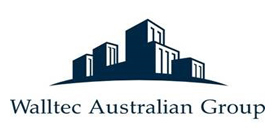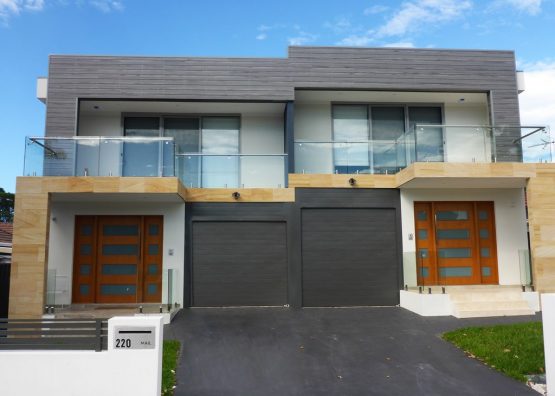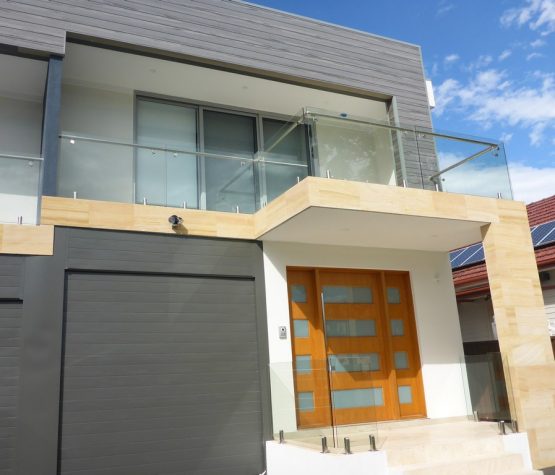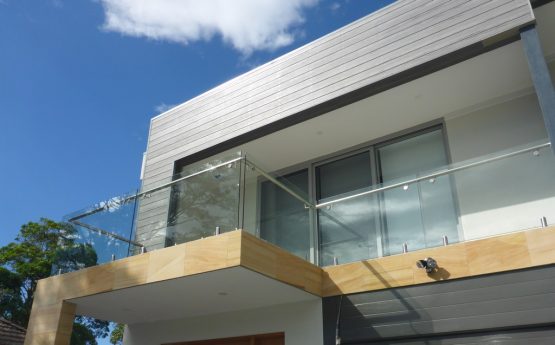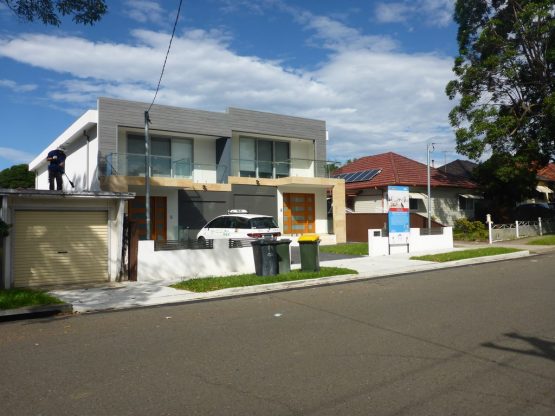Auburn
Construction of Modern living, six storey apartments in Campbelltown (Sydney South west). This project was completed in under 12 months from its conception to reality. Construction of Modern living, six storey apartments in Campbelltown (Sydney South west). This project was completed in under 12 months from its conception to reality.Construction of Modern living, six storey apartments in Campbelltown (Sydney South west). This project was completed in under 12 months from its conception to reality.Construction of Modern living, six storey apartments in Campbelltown (Sydney South west). This project was completed in under 12 months from its conception to reality.
About Auburn
Auburn is a suburb in western Sydney, in the state of New South Wales, Australia. Auburn is located 19 kilometres west of the Sydney central business district and is in the local government area of Cumberland Council, having previously been the administrative centre of Auburn Council.
Auburn prides itself as one of the most multicultural communities in Australia. The traditionally immigrant Anglo-Celtic European population has slowly been replaced by a high percentage of immigrants from Turkish, Lebanese and Vietnamese backgrounds.
In 2012, Auburn was identified as the suburb with the highest number of drive-by shooting incidents in the Sydney Region, coming in at 34 incidents in the five years between 2007 and 2012. In late 2013, Police launched an anti-gang crackdown in Auburn in response to attacks involving firearms.
Auburn has also been the site of arrests in relation to terrorism, including the arrest of a 16-year-old who was arrested outside his home in Auburn allegedly in connection to preparations for a terrorist attack on an ANZAC Day service in April, 2016.
Population & Development
Population
According to the 2011 census of Population, there were 33,122 residents in Auburn. 31.9% of residents were born in Australia. The most common other countries of birth were China 13.3%, Turkey 6.2%, India 5.0% and Lebanon 4.0%. 13.5% of residents spoke only English at home. Other languages spoken at home included Arabic 15.7%, Turkish 11.5%, Mandarin 10.3% and Cantonese 8.1%. The most common responses for religious affiliation were Islam 42.0%, Catholic 12.6% and No Religion 12.3%.
Development
Auburn has a mixture of residential, commercial and industrial areas. A commercial area is located close to Auburn railway station. There are many multicultural restaurants and cafes.
South of the railway station, the commercial area stretches for approximately 1 km and features many Middle Eastern & Asian shops, restaurants and supermarkets. This has made Auburn a focal point for various immigrant groups in Sydney, especially for significant events such as football matches or political developments in the Middle East.
North of the railway station, commercial and industrial developments are also located along the length of Parramatta Road and surrounding streets.
The suburb was named after Oliver Goldsmith‘s poem The Deserted Village, which describes ‘Auburn’ in England as the loveliest village of the plain.
The Auburn area was once used by Aboriginal people as a market place for the exchange of goods, a site for ritual battles and a ‘Law Place’ for ceremonies. The area was located on the border between the Darug inland group and the Eora/Dharawal coastal group. The Wangal and Wategoro, sub-groups or clans, are the groups most often recognised as the original inhabitants of the Auburn/Homebush Bay region.
Bennelong, one of the most famous Aboriginies of the time, was a member of Wangal, as was his wife, Barangaroo. Pemulwuy, who organised tribes to resist the white settlement of the Sydney region from 1790 to 1802 was also a member of the Wangal.
On 5 February 1788, soon after the landing of Captain Phillip at Sydney Cove, Captain John Hunter and Lieutenant William Bradley sailed up what is now known as the Parramatta River, as far as Homebush Bay. Captain Hunter was the first white person to set foot within the Auburn Local Government Area.
Ten days later, the Governor, along with a well-armed party in three boats, reached Homebush Bay. They ventured about 3 kilometres inland. The following day a party of explorers traced the river in a westerly direction, coming to the place where the Duck River enters the Parramatta River. They explored the tributary as far as the depth of water permitted.
Construction of Modern living, six storey apartments in Campbelltown (Sydney South west). This project was completed in under 12 months from its conception to reality. Construction of Modern living, six storey apartments in Campbelltown (Sydney South west). This project was completed in under 12 months from its conception to reality.Construction of Modern living, six storey apartments in Campbelltown (Sydney South west). This project was completed in under 12 months from its conception to reality.Construction of Modern living, six storey apartments in Campbelltown (Sydney South west). This project was completed in under 12 months from its conception to reality.
About Auburn
Auburn is a suburb in western Sydney, in the state of New South Wales, Australia. Auburn is located 19 kilometres west of the Sydney central business district and is in the local government area of Cumberland Council, having previously been the administrative centre of Auburn Council.
Auburn prides itself as one of the most multicultural communities in Australia. The traditionally immigrant Anglo-Celtic European population has slowly been replaced by a high percentage of immigrants from Turkish, Lebanese and Vietnamese backgrounds.
In 2012, Auburn was identified as the suburb with the highest number of drive-by shooting incidents in the Sydney Region, coming in at 34 incidents in the five years between 2007 and 2012. In late 2013, Police launched an anti-gang crackdown in Auburn in response to attacks involving firearms.
Auburn has also been the site of arrests in relation to terrorism, including the arrest of a 16-year-old who was arrested outside his home in Auburn allegedly in connection to preparations for a terrorist attack on an ANZAC Day service in April, 2016.
Population & Development
Population
According to the 2011 census of Population, there were 33,122 residents in Auburn. 31.9% of residents were born in Australia. The most common other countries of birth were China 13.3%, Turkey 6.2%, India 5.0% and Lebanon 4.0%. 13.5% of residents spoke only English at home. Other languages spoken at home included Arabic 15.7%, Turkish 11.5%, Mandarin 10.3% and Cantonese 8.1%. The most common responses for religious affiliation were Islam 42.0%, Catholic 12.6% and No Religion 12.3%.
Development
Auburn has a mixture of residential, commercial and industrial areas. A commercial area is located close to Auburn railway station. There are many multicultural restaurants and cafes.
South of the railway station, the commercial area stretches for approximately 1 km and features many Middle Eastern & Asian shops, restaurants and supermarkets. This has made Auburn a focal point for various immigrant groups in Sydney, especially for significant events such as football matches or political developments in the Middle East.
North of the railway station, commercial and industrial developments are also located along the length of Parramatta Road and surrounding streets.
The suburb was named after Oliver Goldsmith‘s poem The Deserted Village, which describes ‘Auburn’ in England as the loveliest village of the plain.
The Auburn area was once used by Aboriginal people as a market place for the exchange of goods, a site for ritual battles and a ‘Law Place’ for ceremonies. The area was located on the border between the Darug inland group and the Eora/Dharawal coastal group. The Wangal and Wategoro, sub-groups or clans, are the groups most often recognised as the original inhabitants of the Auburn/Homebush Bay region.
Bennelong, one of the most famous Aboriginies of the time, was a member of Wangal, as was his wife, Barangaroo. Pemulwuy, who organised tribes to resist the white settlement of the Sydney region from 1790 to 1802 was also a member of the Wangal.
On 5 February 1788, soon after the landing of Captain Phillip at Sydney Cove, Captain John Hunter and Lieutenant William Bradley sailed up what is now known as the Parramatta River, as far as Homebush Bay. Captain Hunter was the first white person to set foot within the Auburn Local Government Area.
Ten days later, the Governor, along with a well-armed party in three boats, reached Homebush Bay. They ventured about 3 kilometres inland. The following day a party of explorers traced the river in a westerly direction, coming to the place where the Duck River enters the Parramatta River. They explored the tributary as far as the depth of water permitted.
